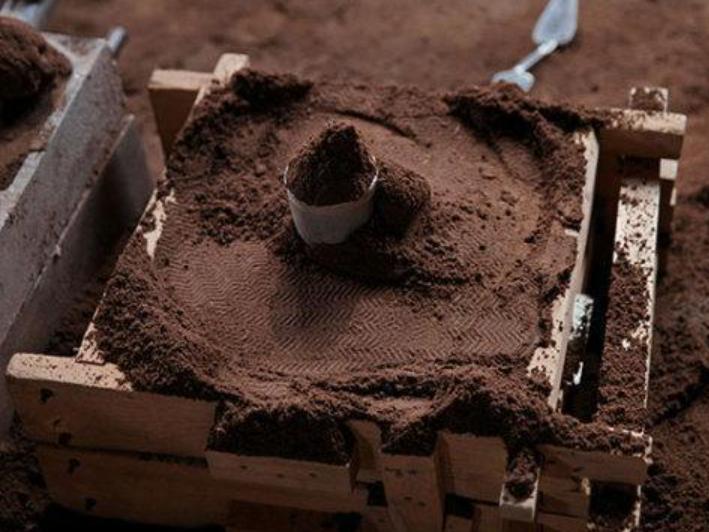
Shell Casting & Sand Casting Manufacturer
Keming Machinery is a reliable manufacturer for shell sand castings in China. We produce high-quality iron, carbon steel, alloy steel, and stainless steel shell mold sand castings using resin-coated sand molds that enable the creation of complex metal parts with precision and accuracy. Keming provides tailored casting solutions based on specific project requirements, including material selection and design optimization.
Material for Shell Sand Casting
KEMING shell sand casting process supports a wide range of metals, including carbon steels, alloy steels, stainless steels, cast irons, and aluminum. This versatility, combined with the precision and surface finish advantages of shell molding, makes it an efficient and cost-effective casting method for many industries.
Carbon Steels for Shell Casting
Carbon steels are commonly used in shell sand casting due to their good strength and machinability. They contain carbon as the main alloying element, which improves hardness and tensile strength. Carbon steels are suitable for parts requiring moderate wear resistance and toughness.
Alloy Steels for Shell Molding
Alloy steels include additional elements like chromium, nickel, and molybdenum to enhance mechanical properties such as strength, toughness, and corrosion resistance. These steels are ideal for more demanding applications where higher performance is needed compared to carbon steels.
Stainless Steels for Shell Casting
Stainless steel has corrosion resistance and good mechanical properties. KEMING produces stainless steel castings with high dimensional accuracy and smooth surface finish using shell mold sand casting. It is used in environments requiring durability and resistance to oxidation or chemical attack.
Cast Irons for Shell Mold Casting
Cast irons are widely used due to their good castability, wear resistance, and vibration damping properties. They come in various types, such as gray, ductile, and white cast irons, each with specific characteristics. Cast irons are suitable for heavy-duty parts and components subjected to compressive loads.
Aluminum for Shell Mould Casting
Aluminum alloys are lightweight, have good corrosion resistance, and offer excellent thermal and electrical conductivity. They are used in shell sand casting for parts where weight reduction is important without sacrificing strength. Supports high production and quality for automotive, aerospace, and consumer goods.
Shell Sand Casting Products by KEMING
Application of Shell Molding
Shell molding is preferred in aerospace, medical, automotive, and energy sectors for precise, intricate parts such as surgical instruments and thin-walled components.
Shell Molding for Automotive
Shell mold casting is used to produce various automotive parts, such as engine parts, transmission parts, structural parts, etc. The process is valued for its ability to create complex shapes and maintain tight tolerances.
KEMING’s Shell Casting products are designed to meet the high precision and durability requirements of automotive applications. Our technology ensures corrosion resistance and the ability to withstand harsh environments, making their shell castings suitable for complex geometries demanded by the automotive sector.

Shell Molding for Aerospace
Critical aerospace components, including turbine blades, casings, and structural parts, are often manufactured using shell sand casting because the process is capable of producing high-strength and high-precision parts.
Keming’s shell casting products are designed to meet the stringent requirements of aerospace applications, offering durability, corrosion resistance, and the ability to withstand harsh environments. Our manufacturing uses advanced technology and quality materials to ensure parts meet strict industry standards.
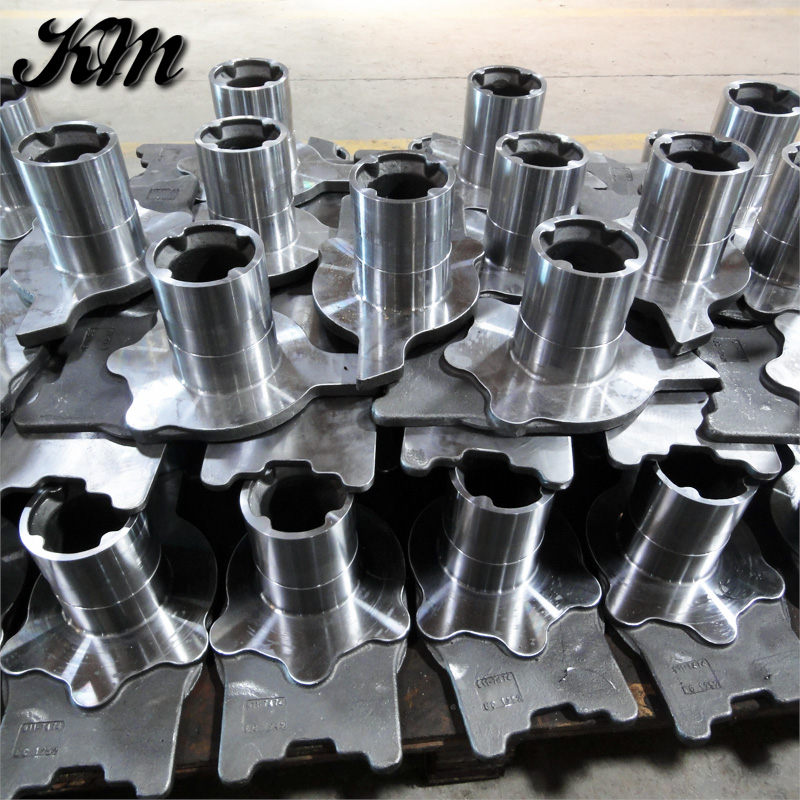
Shell Casting for Medical Devices
Shell mold casting is suitable for producing small to medium-sized medical components requiring high dimensional accuracy and intricate detail, such as certain surgical instrument parts or housings.
Keming specializes more broadly in shell casting and investment casting for medical applications, producing high-quality components such as surgical instruments and hospital equipment parts. Our shell casting uses alloys like aluminum, suitable for medical device housings and components.
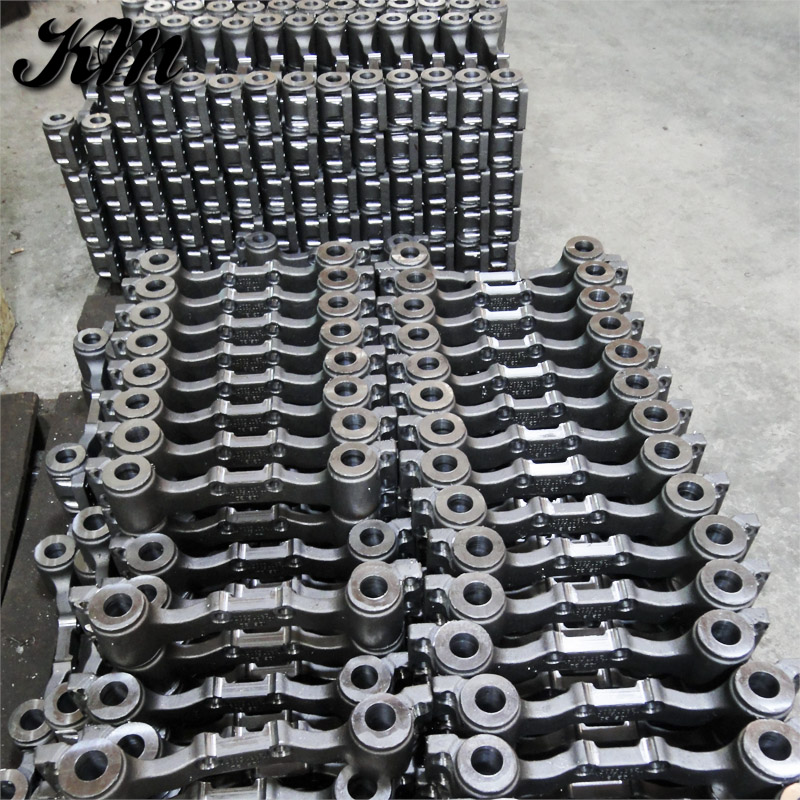
Shell Casting for Energy
Shell molding is a vital casting technology in the energy sector, enabling the production of precise, durable, and complex metal components essential for wind turbines, power plants, and oil and gas equipment.
KEMING’s shell casting in the energy sector include producing components for power generation equipment such as turbine parts and heat exchangers, where complex shapes and high-quality surface finishes are critical. The process is also known for good machining capabilities, allowing for tight tolerances and intricate features after casting.

Shell Mold Casting Process
with improved precision and surface quality by using a resin-bonded sand shell mold created on a heated metal pattern.
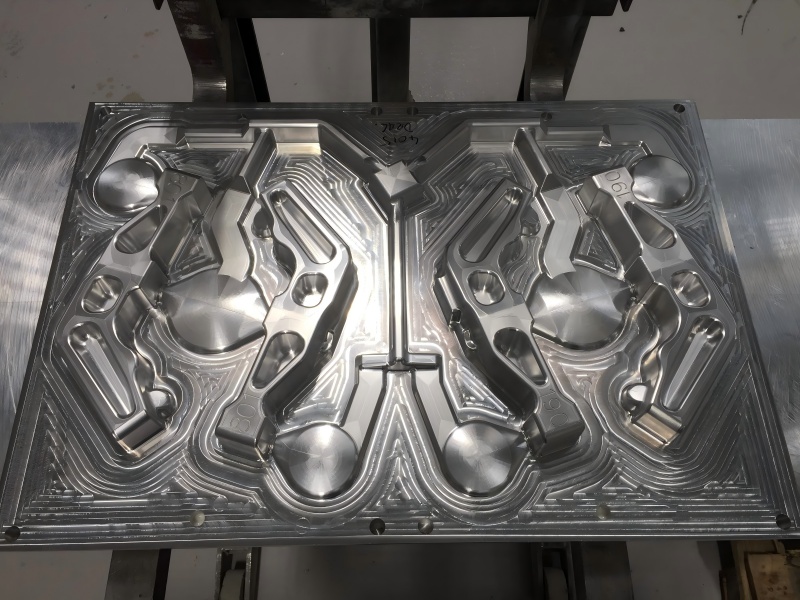
Pattern Creation
A two-piece metal pattern is carefully crafted in the exact shape of the desired part, usually using materials such as iron or steel. This pattern serves as an accurate replica of the final product and plays a crucial role in the manufacturing process. It is primarily used to form the mold cavity, which will later be filled with molten material to produce the final cast part. The precision of the pattern ensures the quality and accuracy of the casting.
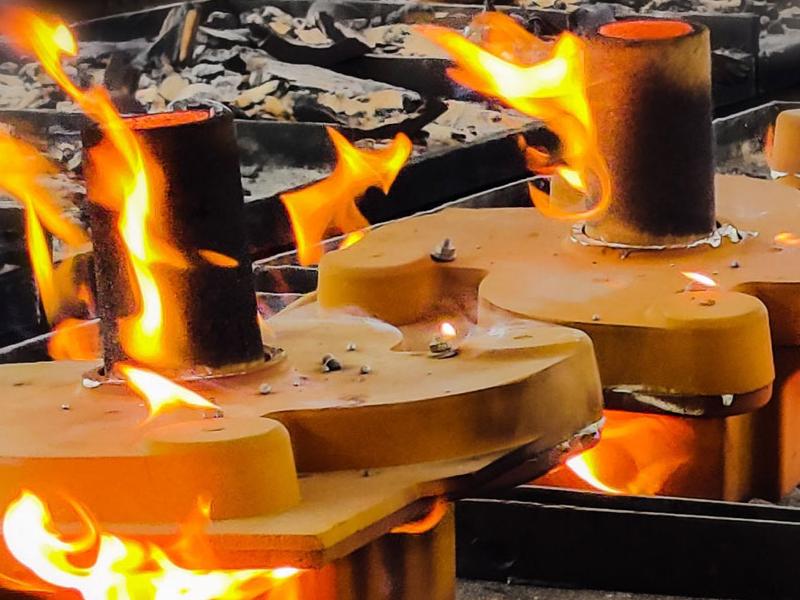
Shell Mold Preparation
Each pattern is heated (typically between 175–370°C or 347–698°F) and coated with a lubricant to prevent sticking. The heated pattern is then coated with a mixture of fine silica sand and a phenolic resin binder by dipping or dumping the sand-resin mixture over it. The heat partially cures the resin, forming a hardened shell around the pattern. The shell thickness usually ranges from about 7 to 20 mm depending on process conditions.
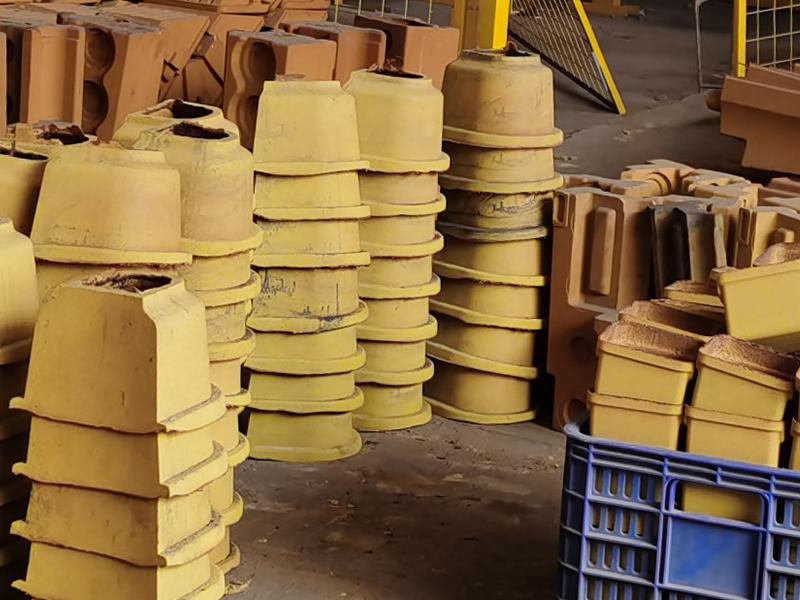
Curing and Shell Removal
The shell-coated pattern halves are carefully placed inside an oven to undergo the curing process, which ensures the shell hardens properly. After the curing is complete, the now hardened shell is gently stripped away from the original pattern. At this stage, the shell possesses sufficient strength and durability to be handled and assembled. Additionally, the original pattern remains intact and can be reused multiple times to create additional shell molds.
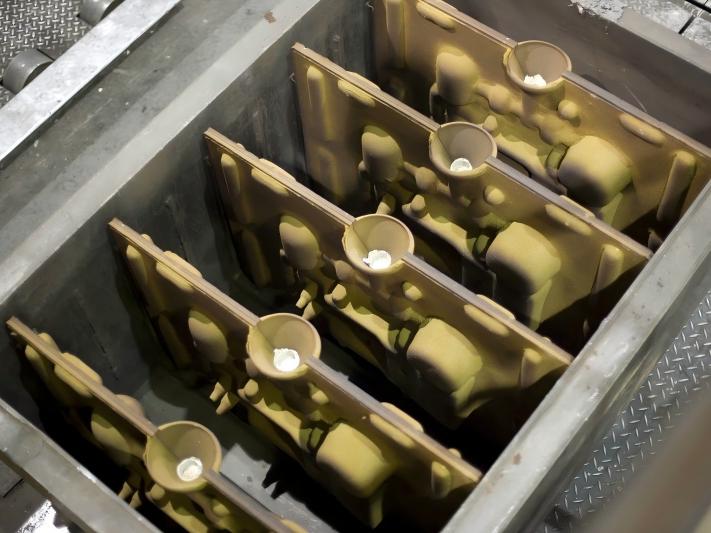
Shell Mold Assembly
Multiple shell halves are joined together by clamping or gluing with thermoset adhesives to form the complete mold cavity. If cores are needed for internal cavities, they are inserted before closing the mold. The assembled shell mold is placed into a flask and supported with backing material to maintain shape during casting. The molds are securely joined together to ensure they can withstand the pouring of molten metal.
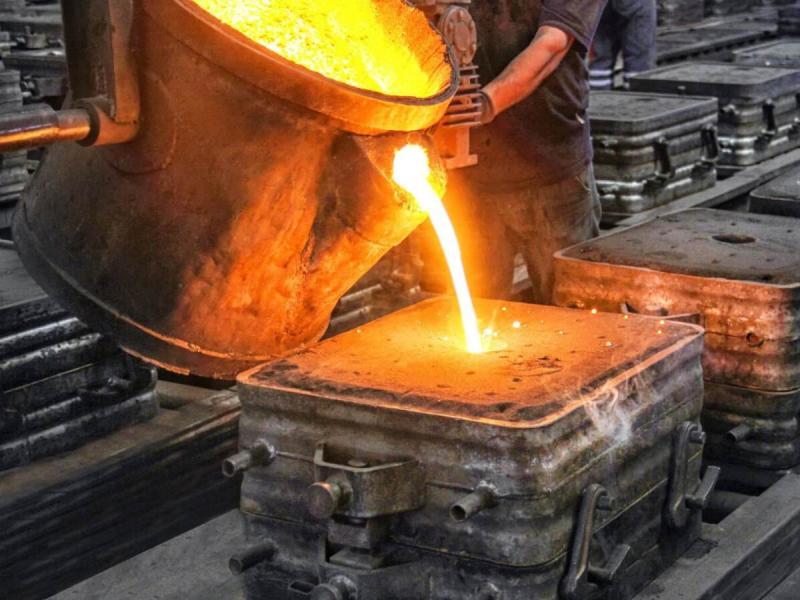
Molten metal Pouring
The assembled shell mold is securely placed in a flask, and molten metal (such as cast iron, steel alloys, aluminum, or copper alloys) is poured into the mold cavity through a gating system. During the pouring process, the mold is securely clamped to prevent any leakage of the liquid metal. As the molten metal flows into the cavity, it completely fills the space and solidifies, taking the exact shape of the pattern inside the mold.
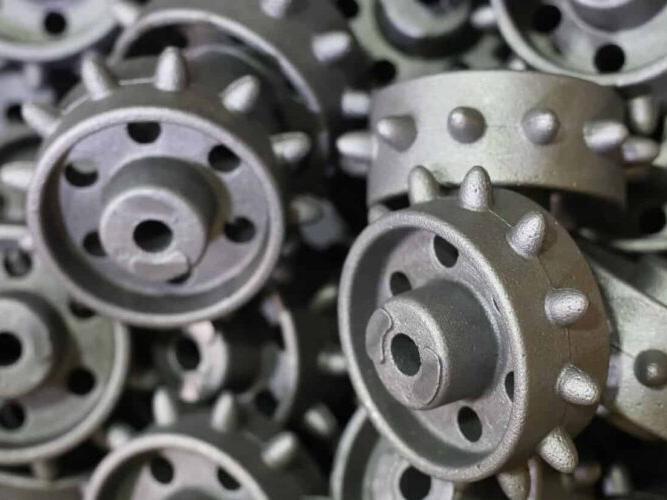
Cooling and Casting Removal
The molten metal is carefully poured into the shell mold cavity, where it gradually cools and solidifies, perfectly taking on the shape of the final casting. Once the metal has fully cooled, the shell mold is carefully broken apart to extract the solidified casting. The casting then undergoes trimming and cleaning to remove excess metal and residual sand particles. Finally, The casting is machined to meet the required specifications.
Have Questions Left Unanswered?
With more than two decades of experience in shell sand casting and metal casting solutions, KEMING is dedicated to guiding your project from initial idea through to final production. Whether you require expert advice on material choices, process optimization, or casting simulation, our skilled team is prepared to provide comprehensive support every step of the way.
Shell Molding vs Sand Casting
Shell molding offers higher precision, better surface finish, and faster production for smaller, detailed parts but at higher cost and tooling complexity. Sand casting is more versatile and economical for larger, less detailed parts and lower production volumes. The choice depends on the specific requirements of part size, complexity, precision, production volume, and cost.
Shell Casting for Energy
- Sand Casting: Uses green sand (clay-bonded silica sand) that is packed around the pattern to form the mold. The entire mold is made of loose sand held together by clay binders.
- Shell Molding: Uses finer silica sand coated with a thin layer of phenolic resin binder. The resin-coated sand is heated to form a thin, hard shell mold around a metal pattern.
Surface Finish and Precision
- Sand casting typically produces rougher surfaces due to coarser sand and looser mold structure, resulting in surface finishes around 100 to 250 µm and looser dimensional tolerances (~±0.060 inches).
- Shell molding yields much smoother surfaces (25 to 50 µm) and tighter dimensional tolerances (±0.005 inches) because the resin shell mold is rigid and fine-grained.
Complexity and Detail
- Sand casting is flexible for producing complex and large parts, including those with intricate internal designs, but it generally offers less precision compared to other casting methods.
- Shell molding allows for more intricate, thin-walled, and detailed parts with minimal draft angles (around 1 degree vs. 3 degrees in sand casting), making it suitable for smaller, detailed components.
Castings Production Speed
- Sand casting usually requires more time to create molds, with the process taking around 20 to 30 minutes per mold. This is due to the need to pack and compact the sand around a pattern, then allow it to set and dry.
- Shell molding is generally faster than traditional sand casting. The mold making process in shell casting typically takes about 10 minutes per shell. The resin-coated sand hardens quickly when heated, allowing for rapid mold formation.
Cost Considerations
- Sand casting involves lower tooling and material expenses, especially suitable for producing low to medium volumes and larger-sized metal parts efficiently.
- Shell molding requires more expensive resin-coated sand and metal patterns, raising initial tooling and material costs. It is more cost-effective for medium to high-volume production due to reduced post-processing.
Environmental Impact
- Sand casting generates a significantly larger amount of waste sand and demands more energy for drying and recycling processes. While also posing potential environmental pollution risks due to the use of clay binders.
- Shell molding produces less waste because it uses reusable patterns and faster production cycles. However, it uses phenolic resin binders that can emit pollutants.
